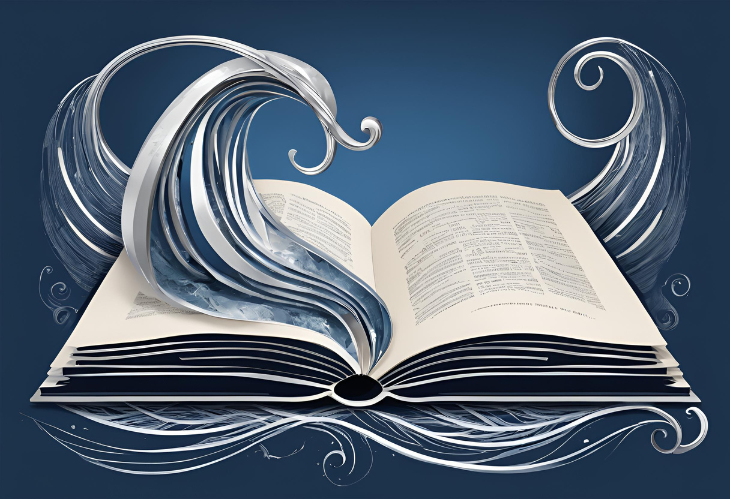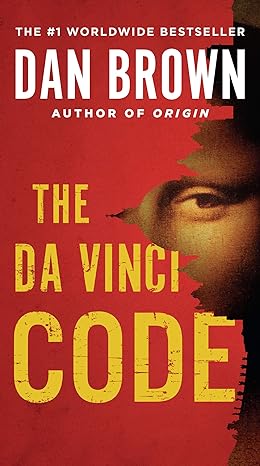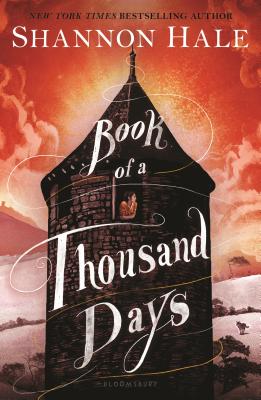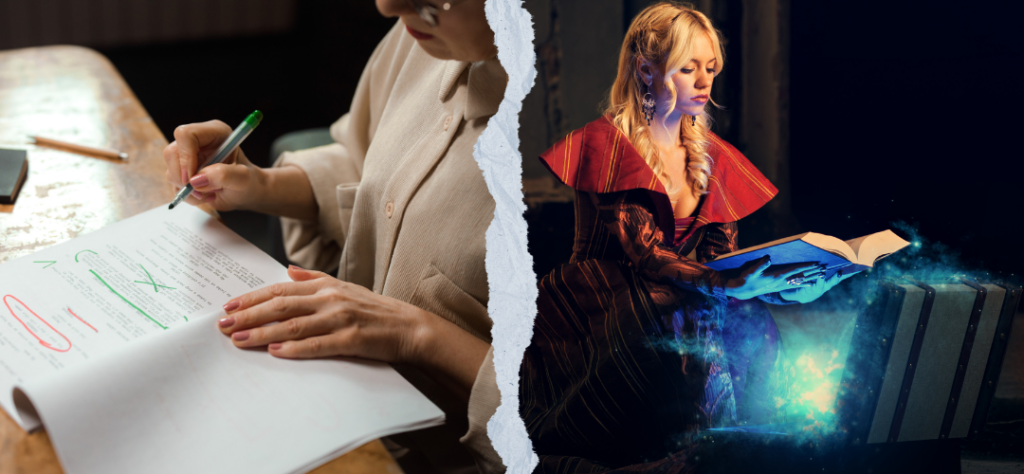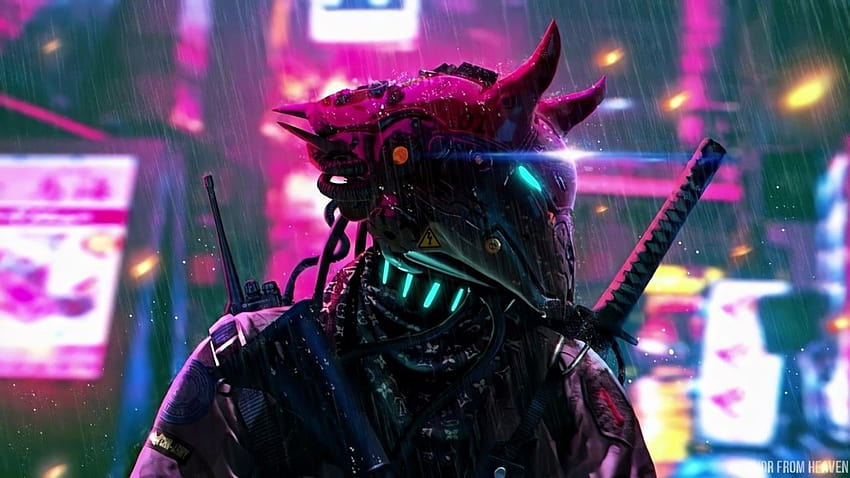Catch Readers by Surprise:
The Unexpected Hook
Why, you might ask, is hooking the reader in novel writing as important as asking for extra toppings on your favorite pizza? Well, let’s just say it’s the secret sauce that keeps them nibbling away at your words. A great hook isn’t just a friendly handshake; it’s a bear hug. GROWL! It pulls your readers into the depths of your story arms and surrounds them saying, “Come on in, the adventure’s just getting started!” In this blog, we’ll whip up a recipe for creating hooks so irresistible they’d make even a cat video enthusiast pause for a good read.
Does it matter what genre we are looking at for our hook? Heck-to-the-Yeah. The hook is considered the conflict, an attention grabber, a question, a mystery, or a situation that brings the reader into the novel. It is what captures the reader’s emotional or intellectual investment in the story. Nobody puts extra time into reading if the hook did not snag on them. Sometimes that blurb on the back of the book is an advertising hook that the writer has to deliver inside the pages. Some obvious examples of different genres are the crime scene for a Mystery, the magical artifact for a Fantasy, first contact with aliens for Science Fiction, an unexpected encounter with a stranger for Romance, or maybe an unopened letter for Historical Fiction. Hooks provide a glimpse into different genres, setting the stage for the unique elements and themes readers can expect in each type of story.
There are many techniques for crafting a hook:
You can begin En Medias Res. This is Latin for “in the midst of things” where a story begins in the middle of an action or a critical situation, rather than at the chronological beginning. Dan Brown’s novel The Da Vinci Code employs this technique where the story begins with a murder in the Louvre Museum. It is a high-stakes, intriguing event, setting the tone for the fast-paced and suspenseful narrative that follows.
Another technique is asking the reader a thought-provoking question or stating a mystery that the reader wants to solve. This arouses curiosity and encourages them to continue reading for answers. Can Mark Watney survive on another planet (The Martian by Andy Weir)? What is the real cost of conformity in a utopian society (The Giver by Lois Lowry)? In a world where individuals are given Graces or special powers, what does Katsa do with her Grace to kill (Graceling by Kristin Cashore)?
Some writers use a vivid description painting a sensory-rich scene with descriptive language that allows the reader to visualize the setting and characters. J.K. Rowling excels at using vivid descriptions to immediately immerse readers in the magical world of wizards and witches. Her detailed descriptions of Diagon Alley, Hogwarts School of Witchcraft and Wizardry, and various magical creatures set the stage for her enchanting adventures. She easily engages multiple senses to create a rich atmosphere in the Harry Potter series.
Authors often use evoking emotions to grab the reader like in The Time Traveler’s Wife by Audrey Niffenegger blending elements of science fiction and romance, hooking the reader with an enduring love story between the two protagonists.
One of my favorite methods is foreshadowing, when an author drops hints about future events or mysteries in the story, urging the reader to anticipate and read on to uncover what happens next. In the novel, The Eye of the World by Robert Jordan, the first book in The Wheel of Time series, a vast epic fantasy, the foreshadowing introduces readers to a world where an age-old prophecy is about to be fulfilled, and a young man, Rand al’Thor, plays a crucial role in it. The novel Dune, by Frank Herbert, hints at the monumental and prophetic events that will unfold, creating a sense of anticipation and mystery. The story is steeped in prophecies and myths about a messiah-like figure known as the Kwisatz Haderach. By skillfully using foreshadowing, Dune tantalizes readers with the promise of deeper layers of complexity, epic events, and enigmatic destinies.
Even the concept of a first sentence hook, also known as an “opening hook” or “grabber,” is a common and effective literary device designed to capture the reader’s attention and encourage them to continue reading. While it doesn’t have to be the very first sentence, it typically refers to an early sentence or passage in a novel.
Crafting a perfect first sentence can make readers pause and want to read more. I recommend going back to check your novel’s first sentences to reflect on possible alliterations, revision, and word choice, and to examine if it reflects your intent of the novel. Here are a few memorable first-sentence hooks:
- “The sky above the port was the color of television, tuned to a dead channel.” William Gibson’s Neuromancer
- “All children, except one, grow up.” J.M. Barrie’s Peter Pan and Wendy
- “The first thing you find you when yer dog learns to talk is that dogs don’t get nothing much to say.” The Knife of Never Letting Go by Patrick Ness
- “Day One: My lady and I are being shut up in a tower for seven years.” Book of a Thousand Days by Shannon Hale
- “It is important, when killing a nun, to ensure that you bring an army of sufficient size.” Red Sister by Mark Lawrence:
- “Lot ninety-seven,” the auctioneer announced. “A boy.” Citizen of the Galaxy by Robert A. Heinlein
To wrap up this blog, remember that the hook of your novel is your opportunity to make a strong impression to engage readers’ emotions, snag curiosity, and expand the readers’ imagination, making them eager to journey deeper into your story to find out what happens next.
I also want to give a quick shout-out to PLOTTR software which is very intuitive. My new favorite writing aid. This plotting software is da bomb. Use any of my affiliate links below and I might get a small commission. Thanks.
Check out my Youtube channel for PLOTTR videos @jlnichauthorsff
Joseph Michael’s Learn Scrivener Fast e-course
Please read and review my serial publishing novel, Sparrow’s Legacy, on Kindle Vella. You can read the first three chapters free on Amazon by searching for “Sparrows Legacy Kindle Vella” or clicking here. I. Please subscribe to my website if you want to be notified when I’ll be publishing or to get free samples of my work.
JLNich, Science Fiction Fantasy Author

